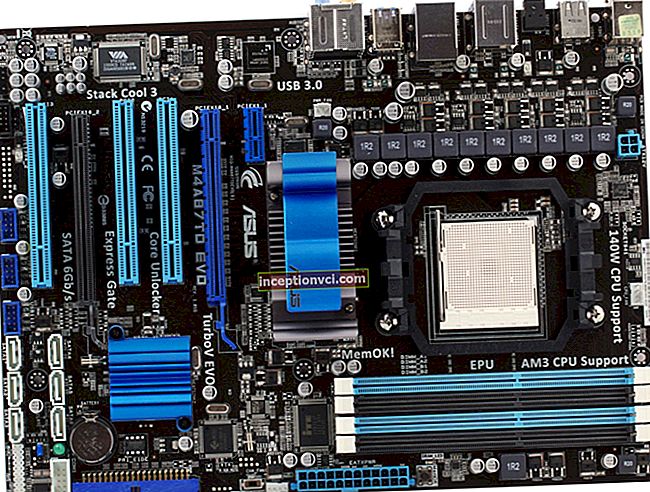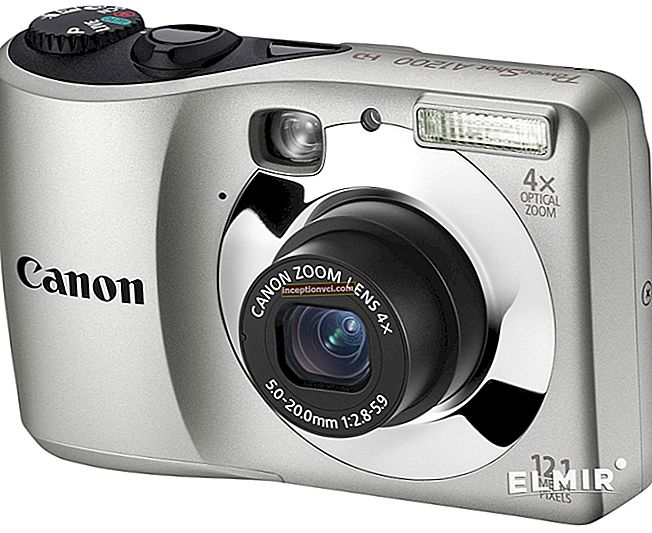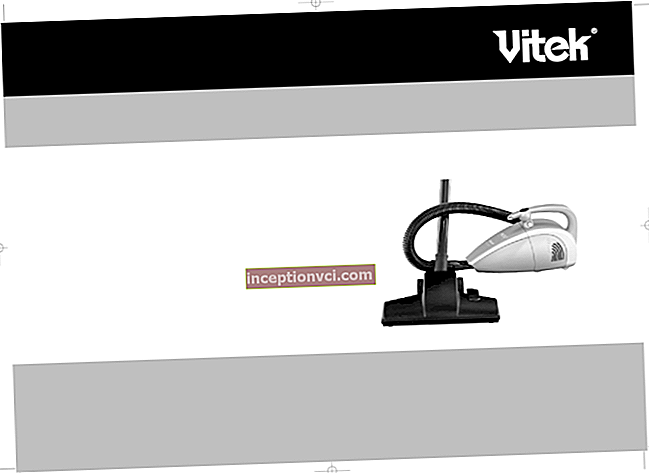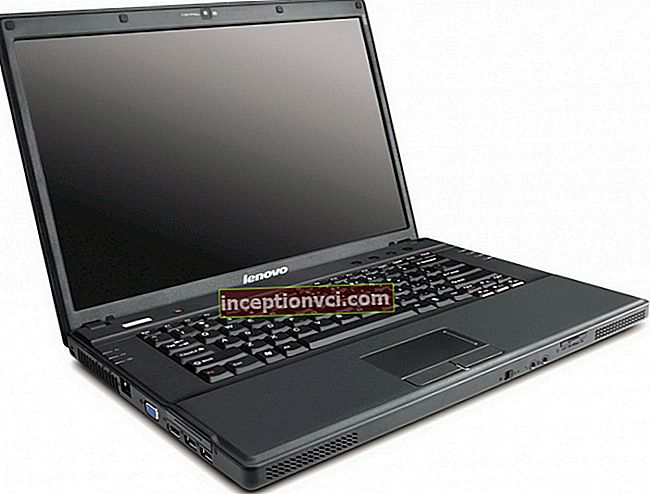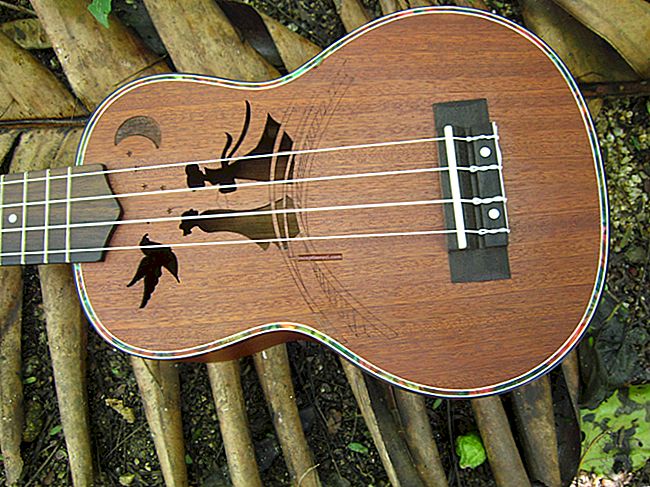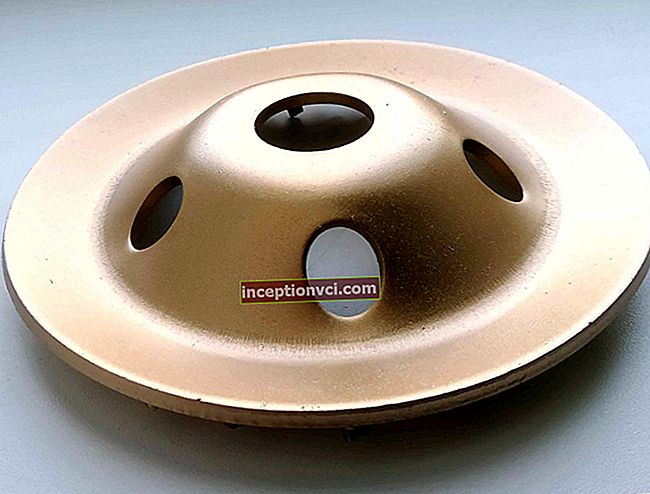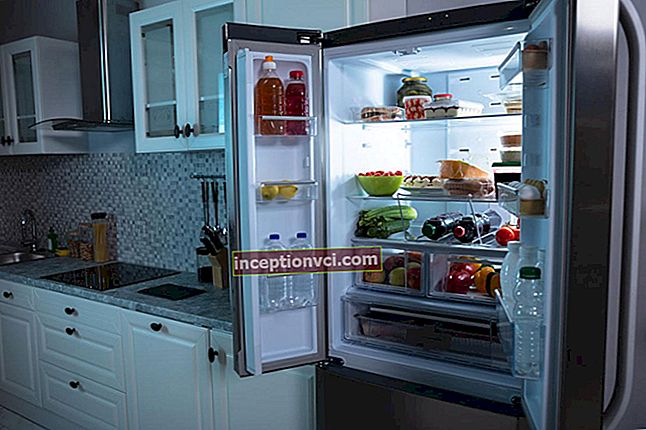Types of car seats
Until recently, the Ukrainian car enthusiast did not hear about any child car seats. Now the situation has changed dramatically. With the new Traffic Regulations, a stream of imported child seats poured into our country.
While some were figuring out whether it was necessary to use a car seat, and whether the traffic police would fine for its absence, others had already bought this curiosity, or even changed several old seats for new models. Many online stores are full of car seats of various brands, configurations, manufacturers and colors, but only a few sales consultants are savvy in this topic: with the exception of the manufacturer and price, they cannot tell anything more.
I remember that in one children's store, when asked about the difference between 4 child car seats, they answered that they are different in price (this can be seen by the woodpecker!) But choosing a car seat is a whole science. It began in 1963 in Sweden, where the first child seat for toddlers was designed.
When choosing a car, you can give preference to the price and brand, and in choosing car seats, a high price and a well-known manufacturer's name is far from an indicator that you are purchasing the perfect product for your baby. A car seat is a purely individual thing, like a diaper. And in order not to waste money, you need to know the anthropometric data of your child.
Child car seats are divided into 3 categories, each according to the weight and age of the child. You should focus more on weight, and not on age, since one child weighs 5 kilograms at 3 months, and the other is born with that weight. Thus, if a consultant is interested in the child's age and only then advises a certain car seat, be aware that such assistance will not be qualified.

The first category includes carrycot chairs, which are designed for children weighing up to 13 kilograms and no more than 15 months old. Such a cradle is installed against the direction of travel next to the driver in the passenger seat or in the back seat. The first position is very convenient, for example, when you want to give your baby a pacifier or tighten a sock. However, you should not often get distracted on the way. In addition, such an arrangement can be traumatic if you have airbags in your car.
Seats in the second category are designed for children weighing between 8 and 20 kilograms (approximately 10 months to 4 years).
The third category includes car seats for children weighing 15 to 36 kilograms (approximately 3 to 12 years old).
In the global network on this topic, you can come across one more classification, which is called European.
There are also universal car seats (transformers) on sale that are suitable for several age groups of children at the same time. These products are more practical, since their operation will last a considerable period.
Of course, even wealthy parents would like to buy one car seat and ride their child in it until the age of 12, but, unfortunately, this does not happen.

I will list the main points that you should pay your attention to when choosing and subsequent operation of a child car seat:
1. The car seat must be in the category appropriate for your baby's weight, so be sure to weigh it before purchasing.
2. The seat label must bear the ECE R44 / 03 badge to indicate that it complies with the European Safety Standard. This mark means that the chair has successfully passed the European test cycle and is ready for safe use.However, a number of products have been tested under the Eurotest program led by the Austrian auto club OAMTC, the German auto club ADAC and the German fund for quality control. 52 car seats offered in the European market were examined. In the course of the tests carried out, it was concluded that not all manufacturers offer what was promised in the product description.
3. The younger your child, the more important it is for him to sleep well during the trip. Therefore, it will not be superfluous to tilt the chair.
4. For children under three years old, internal five-point or Y-shaped belts are required, since only they will protect the baby from spinal injury or damage to the abdominal cavity.
5. In car seats with internal seat belts, be sure to pay attention to the fabric pad near the buckle that connects the belts in the crotch area of the child. In a frontal impact, this place will have a significant load, so the pad should be elastic and wide to prevent injury (this is especially important for boys).
6. If there are 3 passenger seats in the back seat, then it is better to install the purchased seat in the middle.
7. Try to get a seat where you can get help installing it in your car. This is important in order to eliminate the problem of incorrect position of the belt buckle.
8. When changing the angle of the seat back, be sure to tighten your vehicle's seat belt. This will ensure a secure fixation of the product.
9. The removable fabric cover of the chair is part of the safety system, so do not use the product without it. Also, do not replace the fabric cover with a cover from another model. And I strongly advise against using a blanket or blanket instead of a factory cover.
Hopefully, there is no need to convince dads and moms of the importance of using child car seats when transporting children in a car. Accident statistics and crash tests carried out in most countries around the world confirm the importance of this purchase.
Many parents consider so-called infant carriers, which are specifically designed for use in a car, as a good alternative to baby carriers.
Unfortunately, crash tests using such products have shown that this is a bad option - to ensure the safety of the child, the safety margin of the car seats is not enough, they simply fall apart in an accident.
So what kind of car seats are there? Here's a beginner's cheat sheet.

There are five groups of child seats, where the main classification is by the weight of the child, the auxiliary one is by age (the weight of the child is the main reference point):
Group | Weight | Age | Note |
0 | up to 10 kilograms | up to 9 months | - |
0+ | up to 13 kilograms | up to 15 months | - |
1 | 9-18 | 1-4 years | - |
2 | 15-25 | 3.5-7 years | - |
3 | 22-36 | 6-12 years old | growth up to 150 centimeters |
There are also combined options, for example, 1/2/3 or 0 + / 1, 0 + / 1/2.
The group 0 seat is not a car seat itself. It is actually a car seat in which the baby is positioned horizontally. In the car, the product is installed perpendicular to the movement, that is, along the rear seat. The child is fastened with a soft wide belt across the belly. Unfortunately, the safety of these products does not stand up to any criticism - in an accident, children can be seriously injured and even fatally injured.
The armchair of group No. 0 + deserves more attention. The child is secured in a reclining position with an internal three-point harness. By the way, "advanced" transportation options with internal five-point belts have recently appeared on sale. These products are installed only against the movement. The chairs are available in different sizes, smaller and more spacious. In more spacious ones, the baby can ride up to a year.
Group 1 chair with an internal five-point belt is designed for children up to 3-4 years of age (depending on the size of the chair and the build of the child).It is installed in the direction of travel.
Armchair of group No. 2/3 (there is no "clean" second) - is a chair with a high back. It “grows” with the child, which is fastened with a regular belt. When the baby grows out of the back, it detaches and a booster is obtained.
Armchair of group No. 3 - aka "booster", aka "podpopnik". The booster can also be purchased separately. The seat can be equipped with a stopper for the car's upper belt strap. The child should be in it until the growth reaches 150 centimeters. This is the minimum height for effective use of standard car seat belts.
A universal or combined seat of group 0/0 + is a car seat of group 0 +, which folds out to a horizontal position. In this position, the child is fastened with a wide belt across the abdomen, in other positions - with the three-point inner belt of the car seat.
Group # 0 + / 1 armchair is very similar to armchair of group # 1, but it can be installed both with the back in the direction of travel, and face.
Armchair of group №1 / 2/3 is aimed at children from one to 12 years old. In practice, one-year-old babies are not very comfortable in such a chair - the back practically does not deviate. Up to 3-4 years old, a child is fastened with car seat belts, and when he grows out of them - with a regular car seat belt. If the seat is already getting cramped, then the back is removed and the resulting booster is used until the small passenger reaches 150 centimeters. There are models of this group of chairs without internal belts.
It is very important to understand once and for all - for at least a year, the baby must ride with his back in the direction of travel. The child has a relatively heavy and large head with weakened neck muscles. As a result, even with simple braking in a forward-facing position, he can easily get injured in the cervical spine (lethal outcome is possible).
Among the "alternative" means of ensuring the safety of children in the car, the following devices can be distinguished:
1. Adapters that change the position of the car belt so that it does not pass over the baby's neck. Its serious drawback is that along with the shoulder belt, the position of the waist belt also changes: it shifts to the tummy area, and in the event of a jerk in an accident, a huge load will not be on the pelvic bones, but on the soft belly, which can lead to internal injuries ...
2. Car safety vests. In our country, they are not yet presented in stores. These devices change the position of the car's belt so that it passes through the pelvic region and shoulder.
3. Children's SafeSit device. It changes the position of the car belt so that the child does not dive under the belt. Places the strap on your baby's shoulder, not around the neck.
It is certainly better to have one of these devices than nothing at all. But it is also obvious that these "alternative" means cannot be a full-fledged alternative to a car seat, yielding to it both in terms of safety and comfort.
As a conclusion, I want to dwell on the means that most parents take as alternatives to the chair - thick books, cushions, and so on. In various forums, the opinion is often expressed that a pillow placed under a child may well replace a booster and even a chair. In fact, this is a deadly delusion. In the event of an accident, a pillow that is not fixed in any way will simply fly out from under the baby, carrying a part of his body with it. As a result, car belts will end up on the stomach and neck, which is fraught with not only serious, but also fatal injuries.


